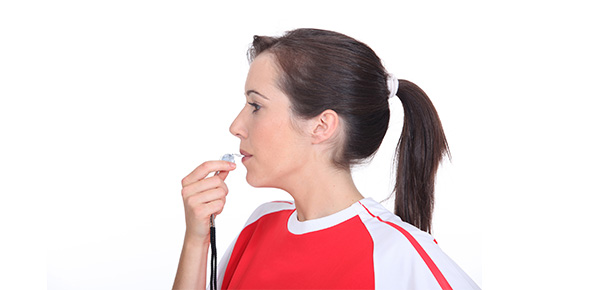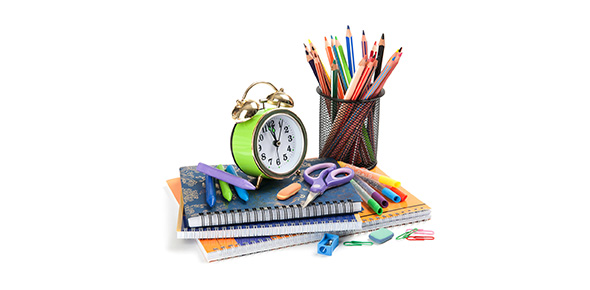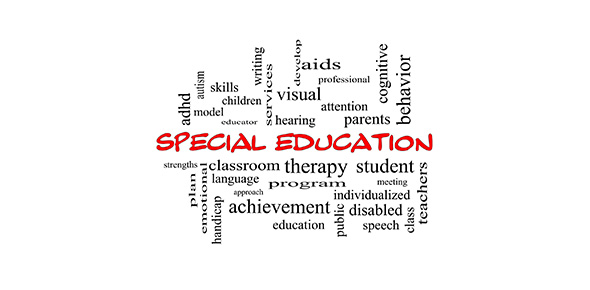Related Flashcards
Related Topics
Cards In This Set
| Front | Back |
|
1) Although an exact count is not available, it is likely that the human brain has as many as
A) 10,000 neurons.
B) 500,000 neurons.
C) 1 million neurons.
D) 10 million neurons.
E) 100 billion neurons.
|
E) 100 billion neurons.
|
|
2) The central nervous system is lacking in animals that have
A) a complete gut.
B) bilateral symmetry.
C) radial symmetry.
D) a closed circulatory system.
E) excitable membranes.
|
Answer: B
Topic: Concept 49.1
Skill: Knowledge/Comprehension
|
|
3) Cephalization, the clustering of neurons and interneurons in the anterior part of the animal, is apparent in
A) Hydra.
B) cnidarians.
C) Planaria.
D) sea stars.
E) invertebrate animals with radial symmetry.
|
Answer: C
Topic: Concept 49.1
Skill: Knowledge/Comprehension
|
|
4) An organism that lacks integration centers
A) cannot receive stimuli.
B) will not have a nervous system.
C) will not be able to interpret stimuli.
D) can be expected to lack myelinated neurons.
|
Answer: C
Topic: Concept 49.1
Skill: Knowledge/Comprehension
|
|
5) In the human knee-jerk reflex, as the calf is raised from the vertical toward the horizontal, the muscles of the quadriceps (flexors on the ventral side of the thighs) and the muscles of the hamstring (extensors on the dorsal side of the thighs) are
A) both excited and contracting.
B) both inhibited and relaxed.
C) excited and inhibited, respectively.
D) inhibited and excited, respectively.
|
Answer: C
Topic: Concept 49.1
Skill: Application/Analysis
|
|
6) The stretch receptors of the sensory neurons in the human knee-jerk reflex are located in the
A) gastrocnemius muscle, in the calf.
B) cartilage of the knee.
C) quadriceps, the flexor muscles on the ventral side of the thighs.
D) hamstring, the extensor muscles on the dorsal side of the thighs.
E) brain, the sensorimotor relay.
|
Answer: C
Topic: Concept 49.1
Skill: Knowledge/Comprehension
|
|
7) Choose the correct match of glial cell type and function.
A) astrocytesmetabolize neurotransmitters and modulate synaptic effectiveness
B) oligodendrocytesproduce the myelin sheaths of myelinated neurons in the peripheral nervous system
C) microgliaproduce the myelin sheaths of myelinated neurons in the central nervous system
D) radial gliathe source of immunoprotection against pathogens.
E) Schwann cellsprovide nutritional support to non-myelinated neurons
|
Answer: A
Topic: Concept 49.1
Skill: Knowledge/Comprehension
|
|
8) The cerebrospinal fluid is
A) a filtrate of the blood.
B) a secretion of glial cells.
C) a secretion of interneurons.
D) cytosol secreted from ependymal cells.
E) secreted by the hypothalamus.
|
Answer: A
Topic: Concept 49.1
Skill: Knowledge/Comprehension
|
|
9) The human knee-jerk reflex requires an intact
A) spinal cord.
B) hypothalamus.
C) corpus callosum.
D) cerebellum.
E) medulla.
|
Answer: A
Topic: Concept 49.1
Skill: Knowledge/Comprehension
|
|
10) The blood-brain barrier
A) is formed by tight junctions.
B) is formed by oligodendrocytes.
C) tightly regulates the intracellular environment of the CNS.
D) uses chemical signals to communicate with the spinal cord.
E) provides support to the brain tissue.
|
Answer: A
Topic: Concept 49.1
Skill: Knowledge/Comprehension
|
|
11) Myelinated neurons are especially abundant in the
A) gray matter of the brain and the white matter of the spinal cord.
B) white matter of the brain and the gray matter of the spinal cord.
C) gray matter of the brain and the gray matter of the spinal cord.
D) white matter in the brain and the white matter in the spinal cord.
E) all areas of the brain and spinal cord.
|
Answer: D
Topic: Concept 49.1
Skill: Knowledge/Comprehension
|
|
12) An amino acid neurotransmitter that operates at inhibitory synapses in the brain is
A) acetylcholine.
B) epinephrine.
C) endorphin.
D) serotonin.
E) gamma-aminobutyric acid, GABA.
|
Answer: E
Topic: Concept 49.1
Skill: Knowledge/Comprehension
|
|
13) Cerebrospinal fluid can be described as all of the following except
A) functioning in transport of nutrients and hormones through the brain.
B) a product of the filtration of blood in the brain.
C) formed from layers of connective tissue.
D) functioning to cushion the brain.
E) filling cavities in the brain called ventricles.
|
Answer: C
Topic: Concept 49.1
Skill: Knowledge/Comprehension
|
|
14) The divisions of the nervous system that have antagonistic, or opposing, actions are
A) motor and sensory systems.
B) sympathetic and parasympathetic systems.
C) presynaptic and postsynaptic membranes.
D) forebrain and hindbrain.
E) central nervous system and peripheral nervous system.
|
Answer: B
Topic: Concept 49.1
Skill: Knowledge/Comprehension
|
|
15) Preparation for the fight-or-flight response includes activation of the ________ nervous system.
A) sympathetic
B) somatic
C) central
D) visceral
E) parasympathetic
|
Answer: A
Topic: Concept 49.1
Skill: Knowledge/Comprehension
|







